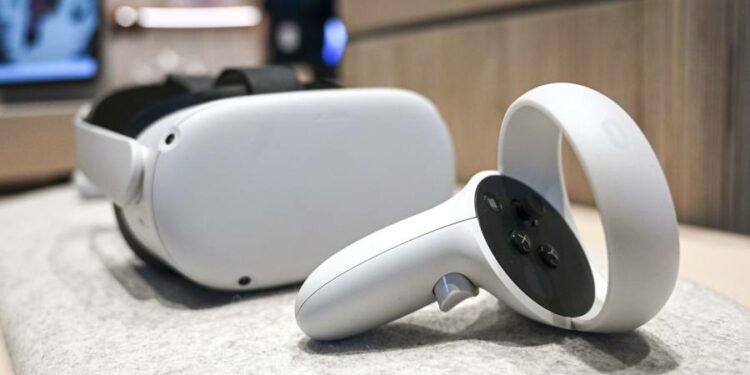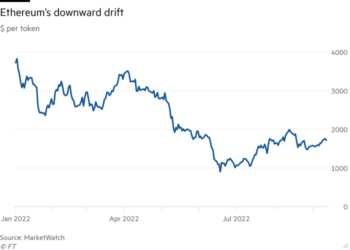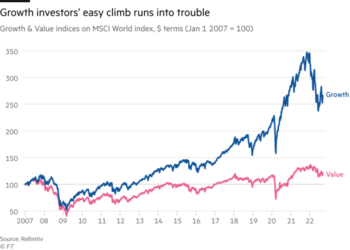My family has a new toy. At every gathering, a Meta Quest 2 virtual reality headset is now carefully unpacked and passed around. It is so popular that my nephews start begging to see it as soon as they arrive.
Their reaction is understandable. The metaverse that Oculus headsets access sounds like an alluring place. Create your own form, flit between worlds and exceed the limitations of reality — what could be better? If the possibilities are endless, who wouldn’t want to disappear into a digital universe? Yet the headsets are still bulky and the apps cartoonish. Even the game my family loves best, an atmospheric puzzle set in Edwardian London called The Room, shows that seamless interaction with the real world and realistic graphics are years away. After an hour, not even my nephews want to play any more.
My experiences so far suggest that we’re still a very long way from having to worry about spending too much time in thrall to the metaverse. Yet this observation runs counter to the steady drumbeat of warnings that have emerged about virtual life over the past year. When Meta whistleblower Frances Haugen spoke out against her employer, addiction to the metaverse was one of the things she claimed to be most worried about. Immersive environments would encourage users to unplug from reality altogether, she said.
You can see why product managers like Haugen might worry. Many of us lost the battle against limiting our internet use long ago. Tech addiction may not be recognised by the US Diagnostic and Statistical Manual of Mental Disorders, but so-called “limbic capitalism” has tricked our brains into habits that ensure excessive consumption of tech products. Checking and rechecking messaging apps, say. Or looking out for email notifications.
On this point, I agree. I’m guilty of both. I turned my own screen-time alerts off months ago. Knowing how much time I spent on my phone didn’t seem to change the outcome.
The assumption is that the metaverse will make all this worse. Research seems to show that virtual reality games are more addictive than the traditional variety. A small Chinese academic study promoted by Alvin Wang Graylin, the China president of the electronics company HTC, found that virtual reality games were almost 50 per cent more addictive than PC ones. It’s that sort of engagement that explains why the metaverse is hyped as reaching an $800bn market valuation in a couple of years.
It helps that the pandemic has primed us to go online more often. As venture capitalist Matthew Ball wrote in a series of recent essays: “The most obvious behavioural change of the past year has been the increasing amount of time we spent online and in virtual worlds. But more important is [the] destigmatisation of this time.”
In lockdowns, the safest way to pass time with other people was online. Spending hours at a time on the internet became normalised. Yet this does not mean we are all on the verge of spending hours and hours in the metaverse. In the four years I have been testing out virtual and augmented headsets, I have yet to try one that feels comfortable. “Like strapping a brick to your forehead,” as one friend put it. It is possible to buy upgraded head straps that attempt to redistribute the weight, but even so the sets remain heavy. This would be easier to accept if there was more to do in the metaverse, yet after 30 minutes untethered from reality, I’m more than happy to log off.
Elaine Moore is the FT’s deputy Lex editor in San Francisco
Follow @FTMag on Twitter to find out about our latest stories first











